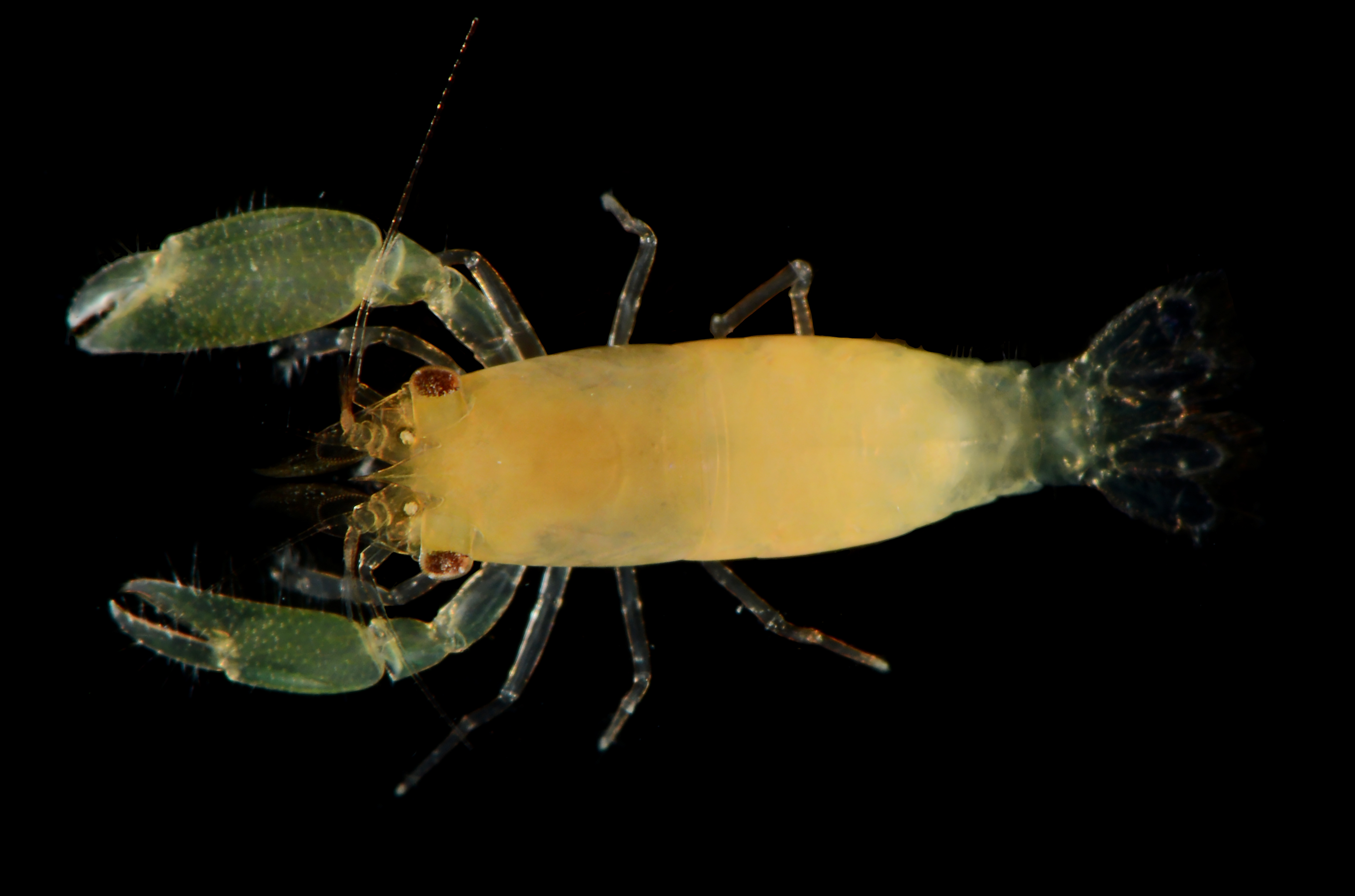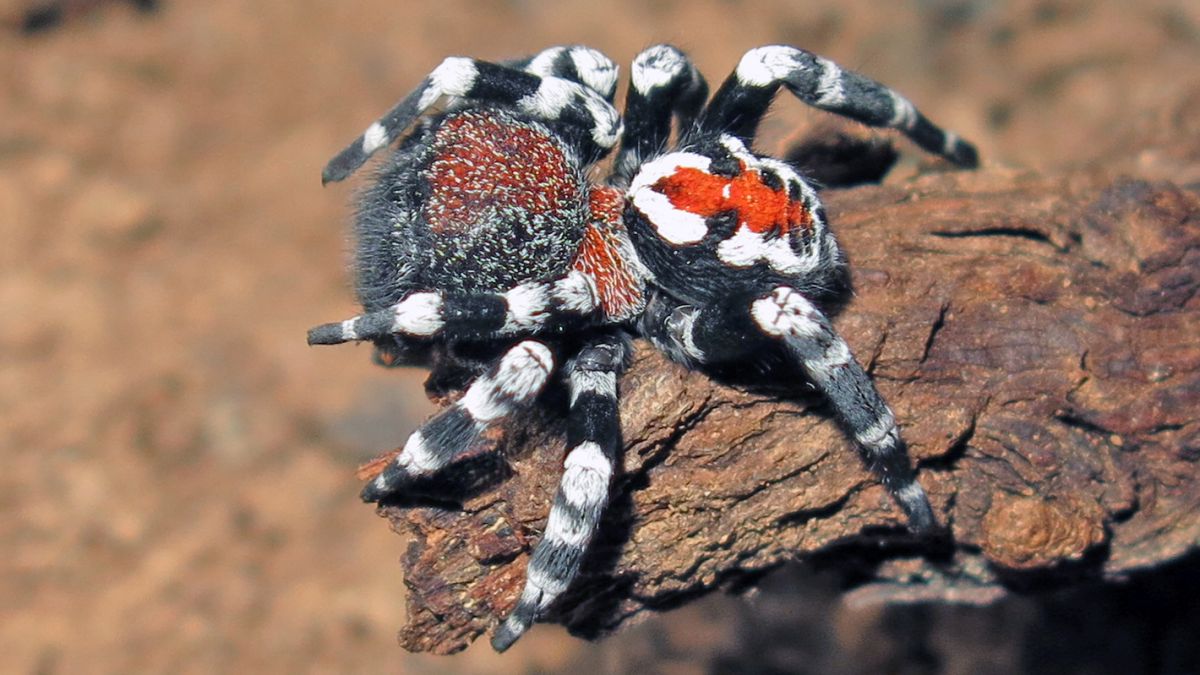It is known that 15 million different organisms live on our planet, but science actually knows only 2 million of them. It is essential to discover new plants, as it helps to preserve them.
New species can also produce compounds that could lead to new medicinal development. The identification, classification, and description of a new species is a lengthy process. New findings also call for demanding field studies in remote locations.
Do you want to know the recent animal species discoveries lately? Check out this blog now to find out more about these new animals.

New Shrimp Species from Panama’s Coiba National Park
Last year’s expedition, part of the project to compare animal microbiomes in the Pacific and Atlantic oceans, led to the discovery of many different animals’ genera, including a new family of mud shrimp.
This shrimp was named “Strianassa lehrayi Anker”. Anker named one of the new genus and species of mud-shrimps in the Laomedeia family, Strianassa lehrayi.
The generic name derives from the Smithsonian Tropical Research Institute abbreviation, and the last six letters from Axianassa, a morphologically related genus. Since “anassa” derives from the ancient Greek word for queen, the new genus name literally means “Queen of STRI”.
A Fish Named “Wakanda”
Generally unknown, the fish species live in dark coral reefs in the Indian Ocean off the coast of Tanzania, which is dubbed the “Twilight Zone” reefs. Fish are a modern genus of what is referred to as fairy wrasses.
Their scales are so heavily pigmented that even when retained for study, the dark purple remains where color is normally lost. In celebration of Black Panther, the fish were called Cirrhilabrus Wakanda or the vibranium fairy wrasse.
World’s Largest Cave Fish
Researchers have discovered a cavefish in an underground chamber in northeastern India that is growing to almost a foot and a half in length and weighing about 10 times more than any known species.
The fish are likely to feed on vegetation washed down by rain, but at the time of the visit, none could be seen, says Daniel Harries, a hobbyist cave explorer and marine biologist at Heriot-Watt University in Edinburgh, Scotland.
The team hasn’t weighed them yet, because getting a scale down into the cave would have been difficult, but he estimates they’re a little over two pounds.
Unusual Stingray Species Found in a Jar
Unknown to science, it has sat in a museum for over a century and was discovered by biologist Alec Moore. This new species also comes with an interesting history of house arrest and war.
Moore’s team reported two weeks ago that it can not be said that this stingray – a distant relative of sharks – is an especially impressive or awe-inspiring species.
This is thin – about the size of an extended hand – and simple without distinctive markings. Yet, what makes this stingray different is where it came from, how we came to find it, and why we could never see it again.
“Supergiant” New Species of Isopod
All sorts of interesting findings are potentially waiting for us in the deep sea. Researchers have now identified a new creature of the waters off Indonesia’s coast. The creature is a modern “supergiant” isopod species, a major marine relative of the common pillbug.
Endangered Lizards and Geckos
In 2019, an Academy Research Associate, Aaron Bauer, discovered 15 mottled geckos, an orange lizard, a girdled lizard, and three skinks — and most of them are endangered in the primary.
That’s because they’re all located in very small geographical areas, and any conflict, including deforestation, will make their numbers worse.
The persistence of these species in time and the threats to their populations is important. For example, an invasive species of fire ants threaten one of the island-dwelling skinks Bauer discovered.
“Joker” Spider

A recently found spider species with an abdomen covered in striking red and white spots reminded researchers of the Joker’s famous face painting from Batman comics.
Doctoral nominee Alireza Zamani has identified a new spider species “Loureedia phoenixi” from Iran in one of the Biodiversity Unit’s most recent reports.
Conclusion
These discoveries only prove that we have a long way to go to know each and every animal in the animal kingdom. With the new advances in technology, knowing them is much easier and faster.
